12 Essential Tips for First-Time Galápagos Explorers
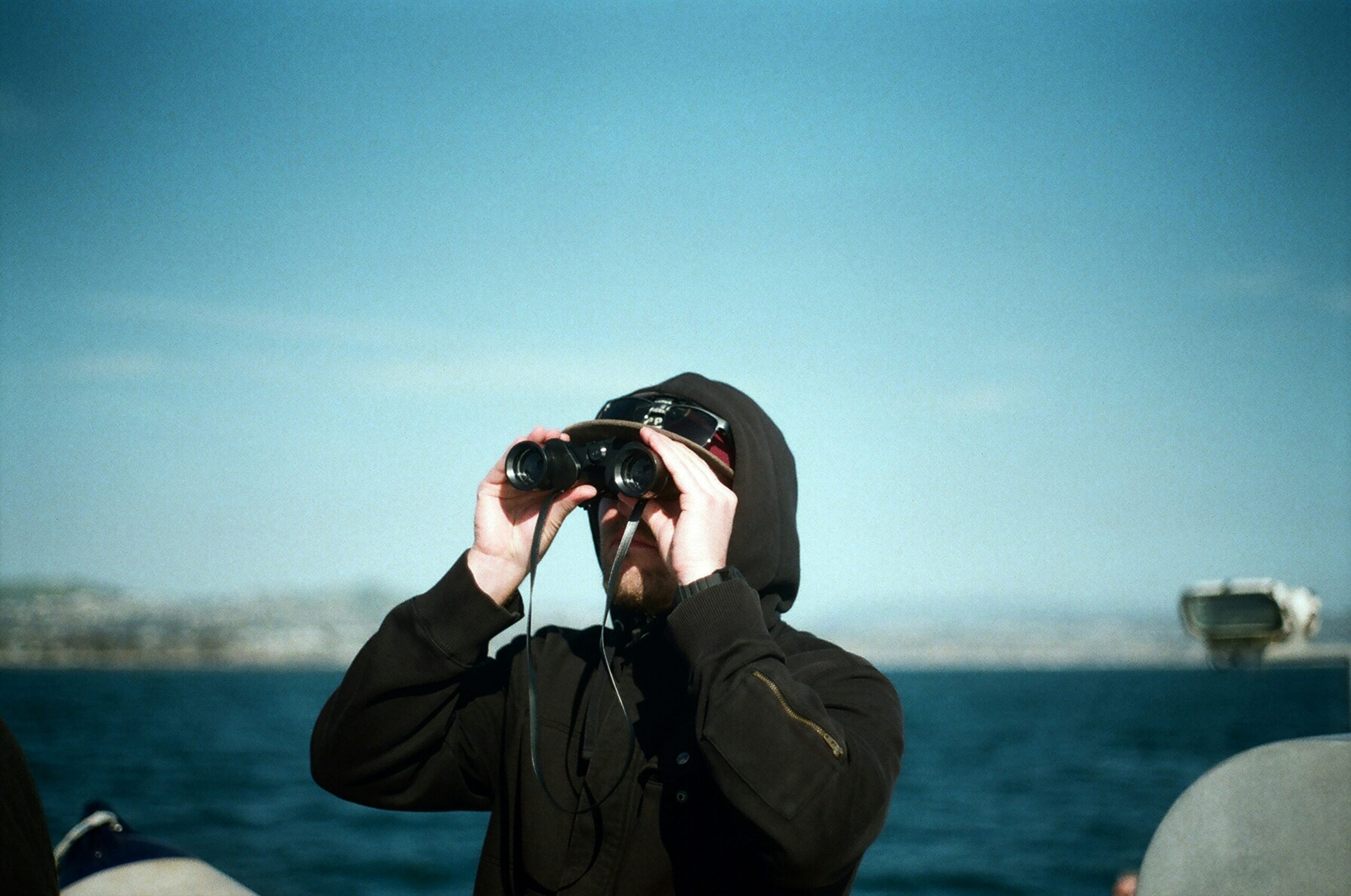
The Galápagos Islands are a dream destination, but visiting this living laboratory requires a bit of prep. These 12 essential tips will help first-timers make the most of their trip—from wildlife encounters to responsible tourism. Expect adventure, awe, and memories that feel like evolution in real time.
1. Book with a Licensed Naturalist Guide
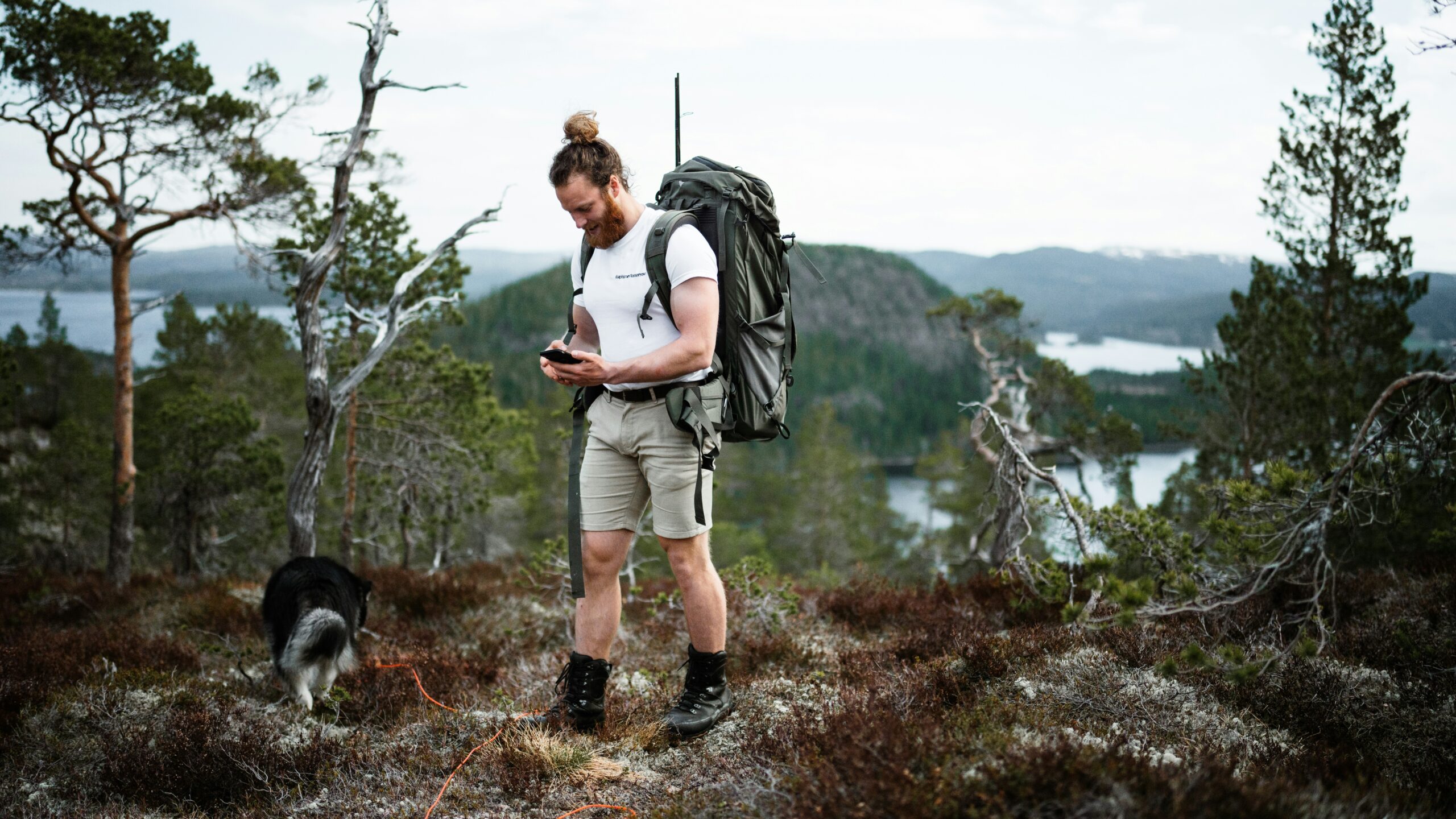
Guided tours are mandatory in many places and worth every penny. Certified guides offer ecological insights, ensure safety, and keep you compliant with conservation rules. They help you spot elusive wildlife, understand unique ecosystems, and make your trip far more meaningful.
2. Respect the “Two-Meter Rule”
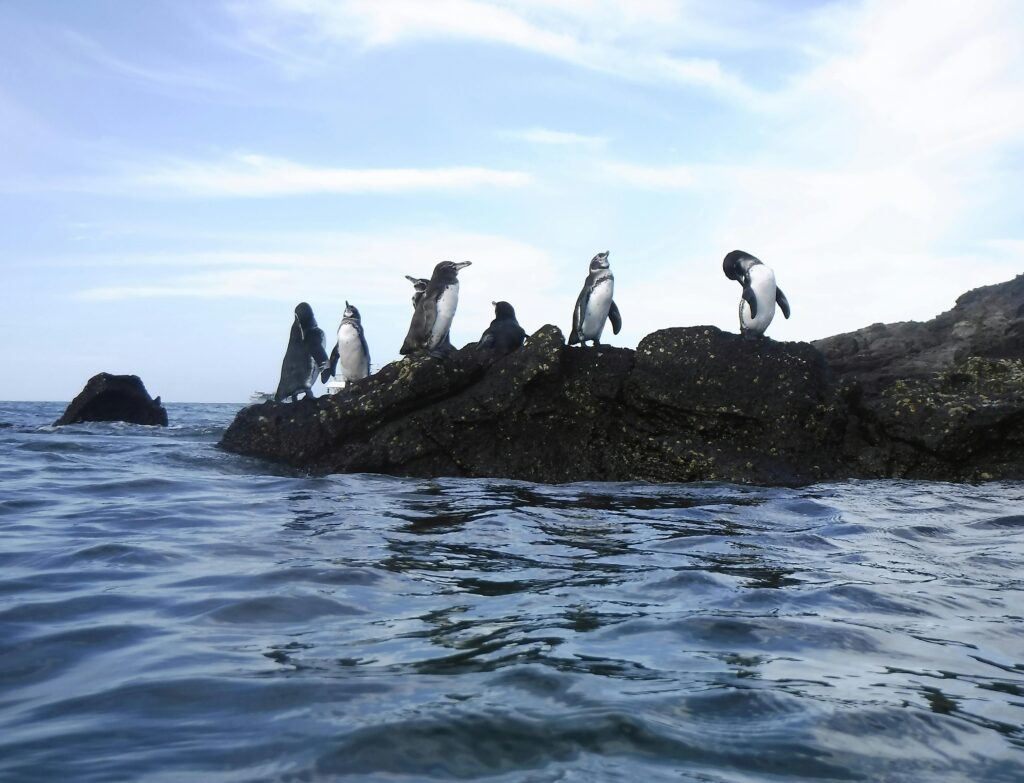
Always stay at least two meters (about six feet) away from animals—even if they seem unbothered. Sea lions may waddle close or iguanas might sunbathe near you, but resisting the urge to touch protects their health and yours. Observe quietly and snap photos from a safe distance.
3. Choose the Right Itinerary
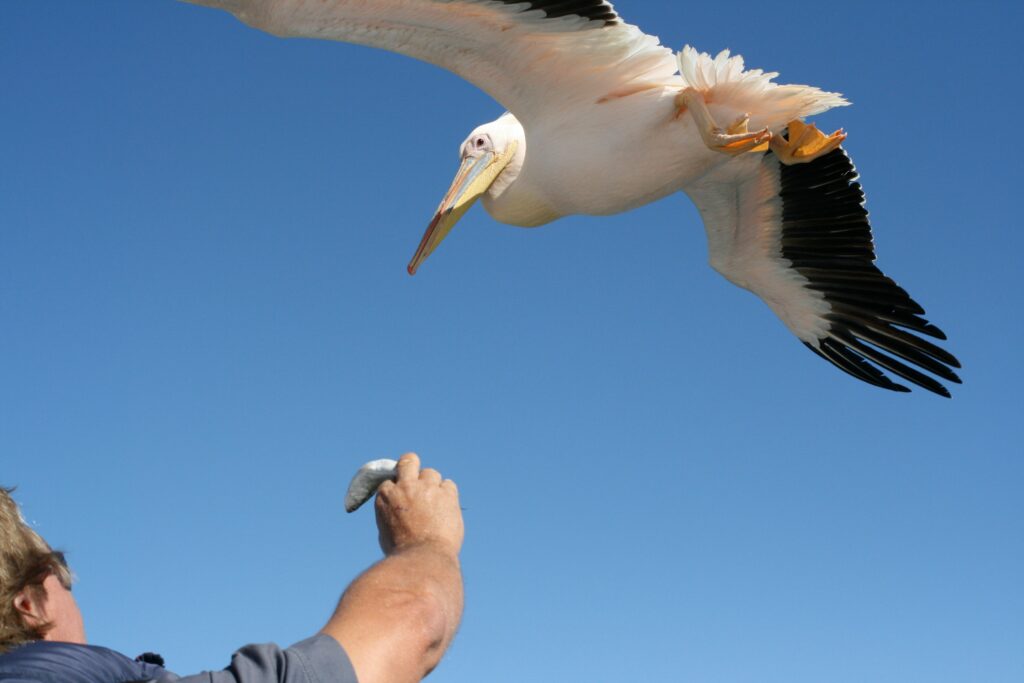
Each island offers different sights—some highlight birds, others reptiles or marine life. Pick an itinerary based on your interests. Northern islands feature red-footed boobies, while Española is great for waved albatross. Cruises cover more ground, but land-based tours allow deeper local interaction.
4. Pack Reef-Safe Sunscreen

The sun is intense and the ecosystem is fragile. Bring biodegradable, reef-safe sunscreen to protect both yourself and marine life. Regular sunscreen contains chemicals that harm coral and plankton. A hat, rash guard, and polarized sunglasses help, too.
5. Prepare for Motion Sickness
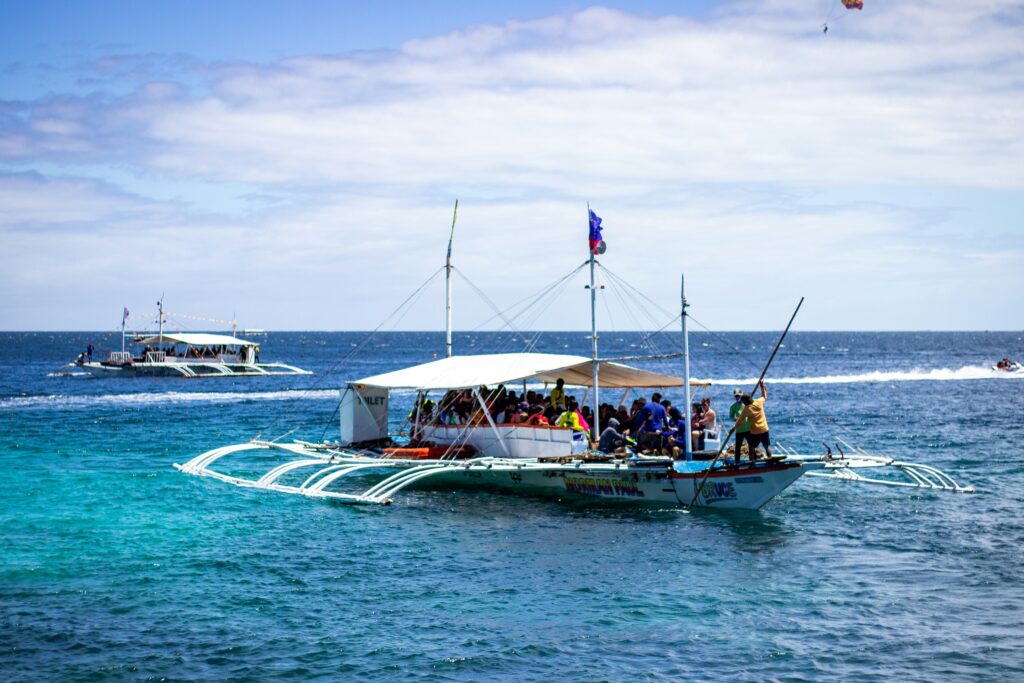
Even calm waters can get rocky between islands. If you’re prone to seasickness, bring medication or acupressure bands. It’s better to be ready than miss wildlife sightings because you’re stuck in your cabin. Bonus tip: stay topside and watch the horizon.
6. Bring Lightweight, Quick-Dry Clothing

The Galápagos climate is humid and active. Opt for light, breathable clothing that dries quickly after hikes or snorkeling. Include a rain jacket, water shoes, and a dry bag for gear. Layers are key—it can go from hot sun to ocean breeze in minutes.
7. Be a Minimalist Packer

There’s limited luggage space on inter-island flights and boats. Pack only what you need, focusing on function over fashion. Leave formalwear at home—binoculars, reusable water bottles, and a GoPro are more useful than a second pair of sandals.
8. Don’t Skip Travel Insurance

Whether it’s a canceled flight, lost snorkel gear, or a sprained ankle on lava rock, travel insurance brings peace of mind. The Galápagos is remote, and getting medical attention or rescheduling a missed tour can be pricey without coverage.
9. Follow Leave No Trace Principles
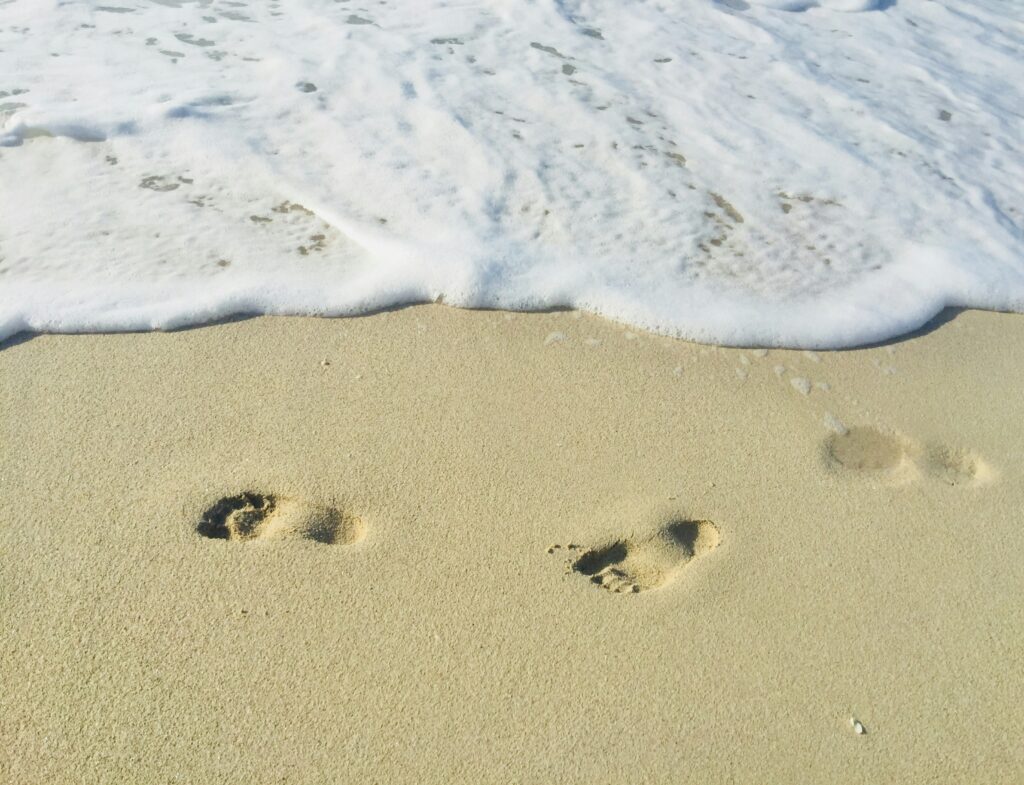
Take only photos, leave only footprints. Don’t collect shells, feed animals, or stray off marked trails. Every visitor leaves an impact—make yours positive. Respect the rules, and you help preserve this rare environment for future explorers.
10. Support Local Communities
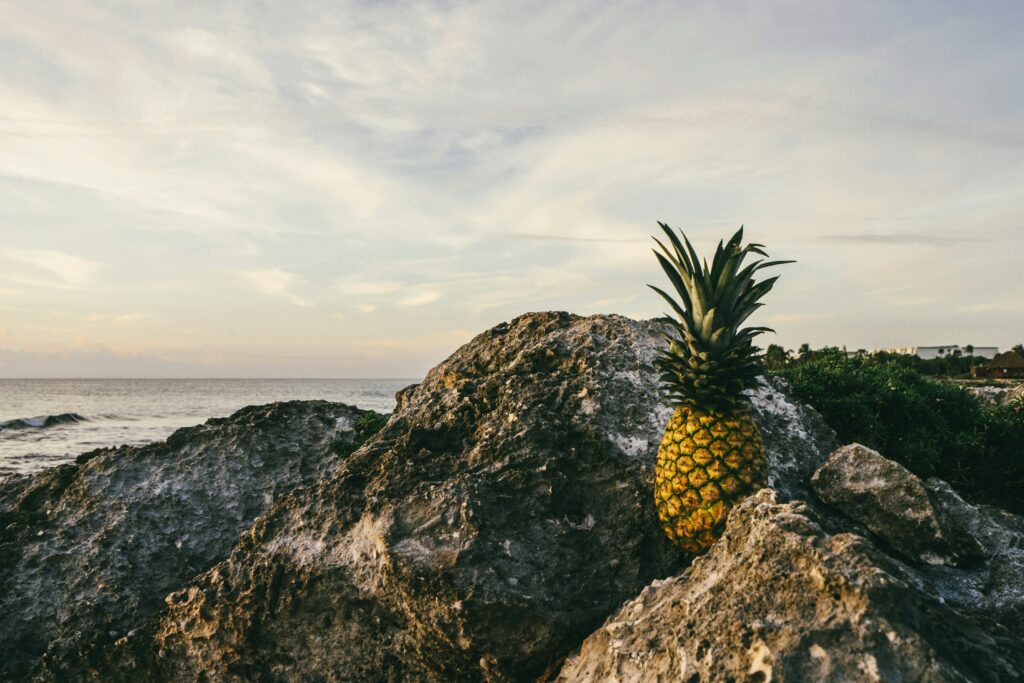
Choose local operators, eat in locally owned cafés, and buy handmade souvenirs. Tourism sustains many island families, and your dollars make a difference. Look for community-led tours—they often provide richer stories and more authentic connections.
11. Time Your Trip Wisely
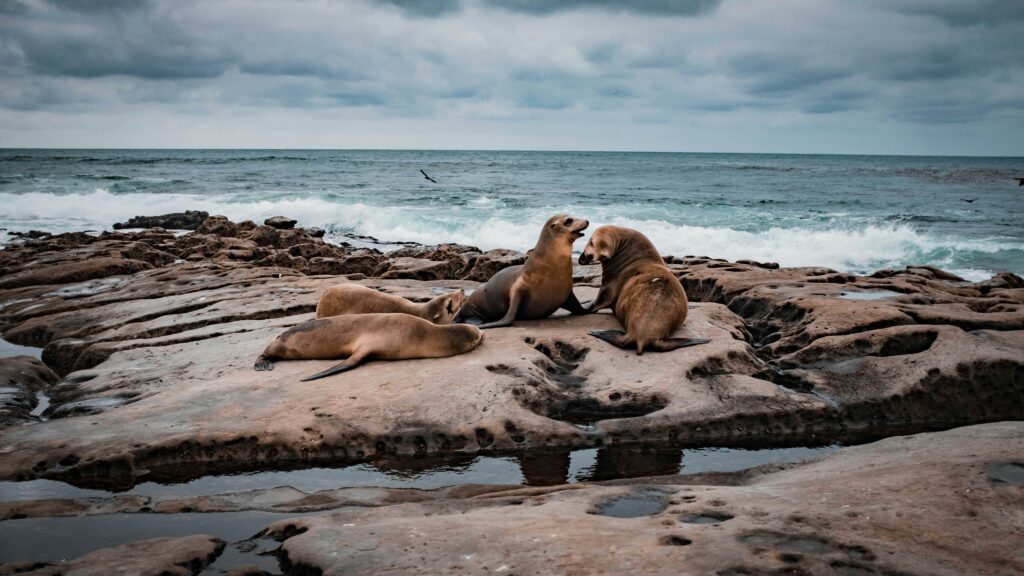
Wildlife changes with the seasons. Want to see blue-footed booby dances? Go April to June. Sea lion pups? Visit in late summer. There’s no wrong time to visit, but aligning your trip with specific wildlife moments adds magic.
12. Go with Curiosity, Not Control
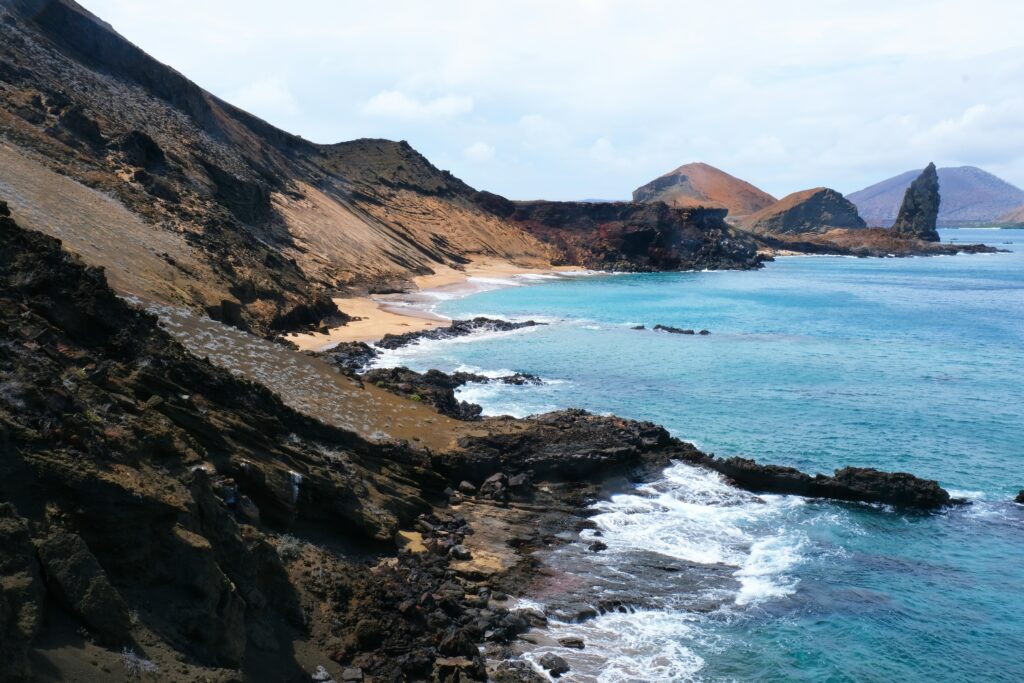
Let the Galápagos surprise you. Some days might bring rain or fewer animal sightings—but stay open, and you’ll experience nature in its raw, wild rhythm. Flexibility and wonder are your best travel tools here.